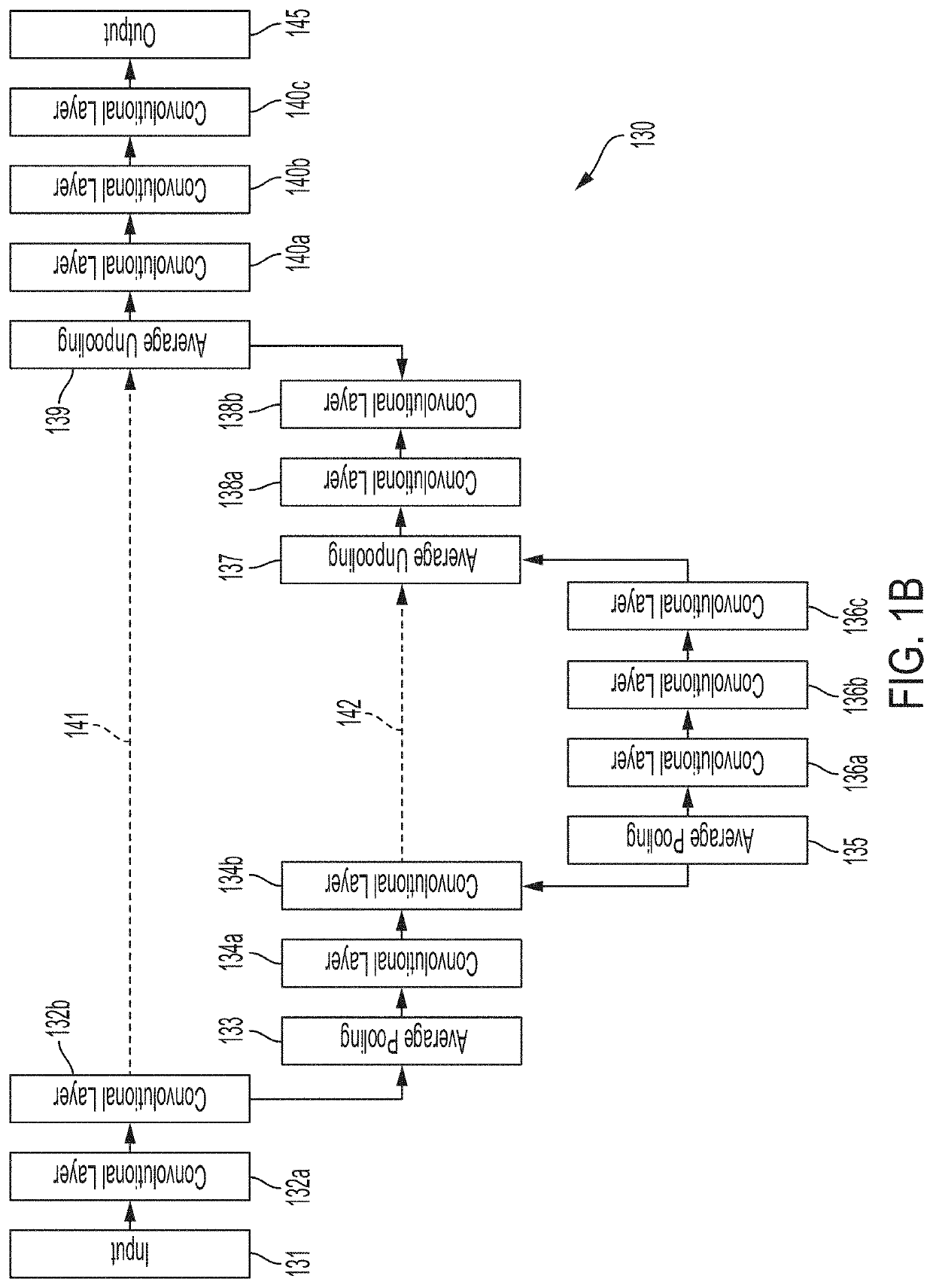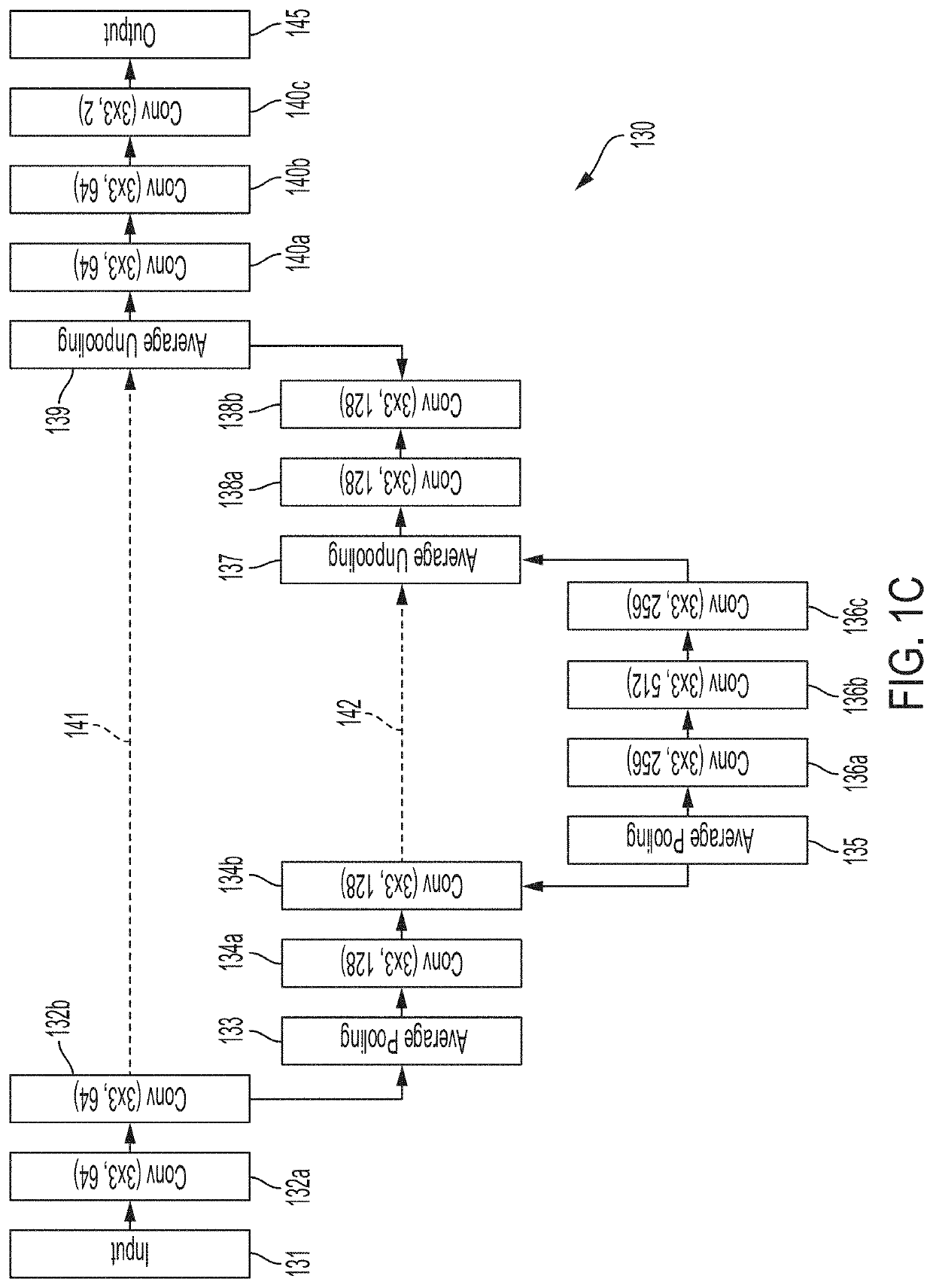Deep learning techniques for suppressing artefacts in magnetic resonance images
a magnetic resonance image and deep learning technology, applied in image enhancement, medical/anatomical pattern recognition, instruments, etc., can solve the problems of limited availability, relative high equipment cost, and long image acquisition process
- Summary
- Abstract
- Description
- Claims
- Application Information
AI Technical Summary
Benefits of technology
Problems solved by technology
Method used
Image
Examples
Embodiment Construction
[0027]As described above, conventional clinical MRI systems are required to be located in specially shielded rooms to allow for their correct operation, which is one (among many) of the reasons contributing to the cost, lack of availability, and non-portability of currently available clinical MRI systems. In addition to protecting people and their equipment from the magnetic fields generated by an MRI system, shielded rooms prevent artefacts such as RF interference generated by various external electronic devices (e.g., other medical devices) from affecting the operation of the MRI system and the quality of the resulting images. The inventors have appreciated that to operate outside of a specially shielded room and, more particularly, to allow for generally portable, cartable, or otherwise transportable MRI, MRI systems must be capable of operation in relatively uncontrolled electromagnetic environments (e.g., in unshielded or partially shielded rooms) and must be able to account an...
PUM
 Login to View More
Login to View More Abstract
Description
Claims
Application Information
 Login to View More
Login to View More - R&D
- Intellectual Property
- Life Sciences
- Materials
- Tech Scout
- Unparalleled Data Quality
- Higher Quality Content
- 60% Fewer Hallucinations
Browse by: Latest US Patents, China's latest patents, Technical Efficacy Thesaurus, Application Domain, Technology Topic, Popular Technical Reports.
© 2025 PatSnap. All rights reserved.Legal|Privacy policy|Modern Slavery Act Transparency Statement|Sitemap|About US| Contact US: help@patsnap.com



